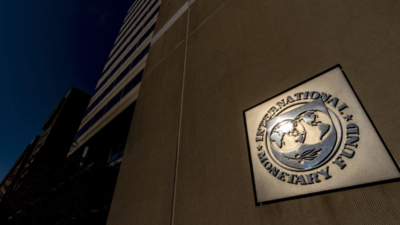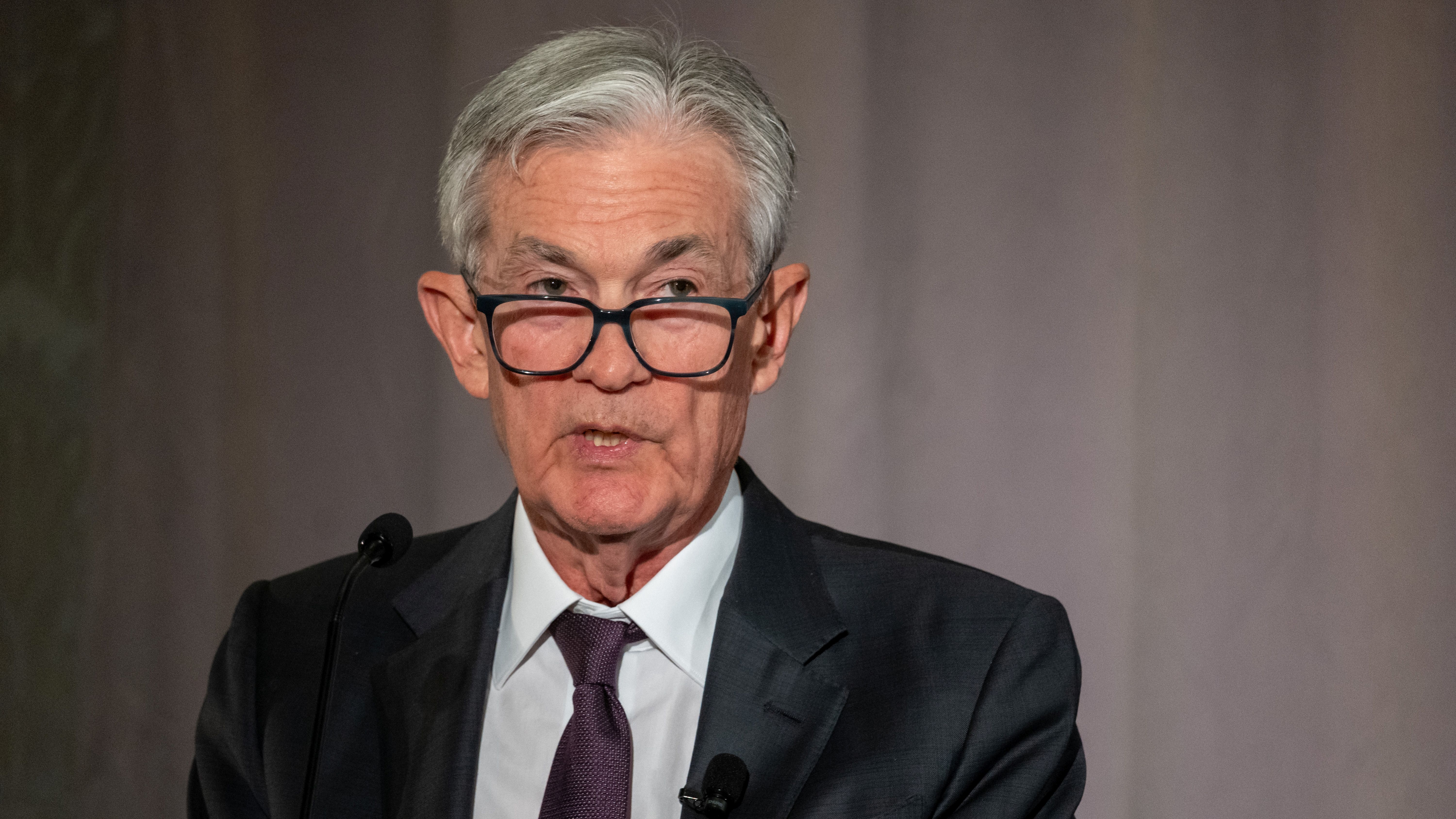March Consumer Price Index Report Shows Eased Inflation Amid Tariff Threats
The Consumer Price Index (CPI) report for March has revealed a significant easing of inflationary pressures, as annual core prices experienced their slowest growth since March 2021. However, this positive trend may soon be jeopardized by President Trump's aggressive tariff policies, which could disrupt the recent moderation in price increases.
According to the latest data released by the Bureau of Labor Statistics, the CPI rose by 2.4% over the previous year in March. This figure marks a notable slowdown from February's 2.8% annual gain and exceeds economists' expectations, who had predicted a more modest 2.5% increase. Such data is crucial for understanding the broader economic landscape, as it reflects consumer spending and price stability.
Month-over-month, the CPI saw a decrease of 0.1%. This decline is particularly noteworthy as it represents the first drop in monthly CPI prices since May 2020, breaking a trend of consistent increases. This figure also fell short of Februarys rise of 0.2% and outperformed economists' predictions of a 0.1% monthly uptick, illustrating a significant shift in consumer price trends.
When examining core inflation, which excludes the more volatile prices of food and energy, March saw a 0.1% increase over the prior month. This was a decline from February's core price gain of 0.2% and was below the anticipated 0.3% rise projected by economists. Over the last year, core prices climbed 2.8%, down from the 3.1% annual increase reported in the previous month, marking the slowest annual rise observed in four years.
This latest report indicates that March delivered a second consecutive monthly decline in both headline and core CPI inflation, suggesting a potential turning point in rising prices. Investors and consumers alike are closely monitoring these developments, as they hold implications for future economic policies and financial markets.
This report arrived on the heels of recent market rallies, which were buoyed by a significant trade development: a 90-day pause on reciprocal tariffs for most countries, alongside an increase in U.S. tariffs on Chinese imports. While President Trump has temporarily suspended reciprocal tariffs, the foundational 10% duties that were enacted last weekend for a broad range of countries remain in place. Additionally, Mexico and Canada continue to face specific duties related to fentanyl, while tariffs targeting specific industries, such as steel, aluminum, and automobiles, remain unchanged.
In a dramatic move, President Trump announced his intention to unilaterally increase the tariff rate on China to a staggering 125%, justifying this decision by citing a perceived lack of respect from the Chinese government. Such aggressive tariff measures have left economists concerned about the potential for accelerated price growth in the near future. As fears of a self-inflicted recession loom, the Federal Reserve finds itself in a cautious "wait-and-see" mode regarding interest rate adjustments.
Claudia Sahm, a former economist for the Federal Reserve Board and the current chief economist at Century Advisors, expressed her concerns following the data's release. She stated, This could easily be the last really good CPI day for a while, emphasizing the potential negative impact of the tariffs that have already gone into effect and suggesting that their full effects will take time to manifest in the economic data.

























